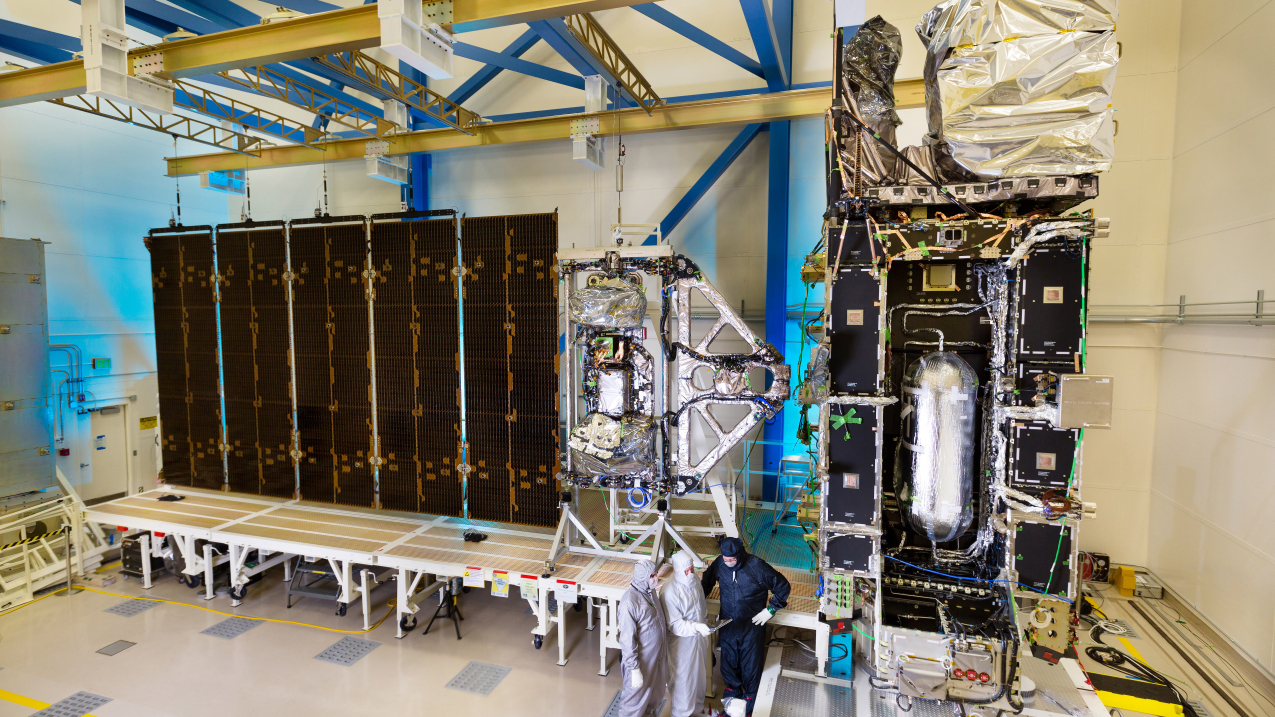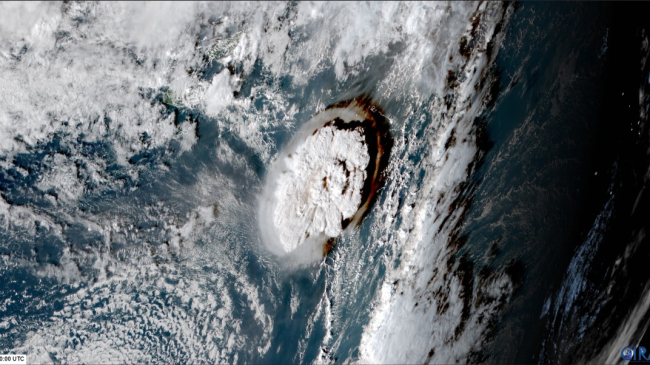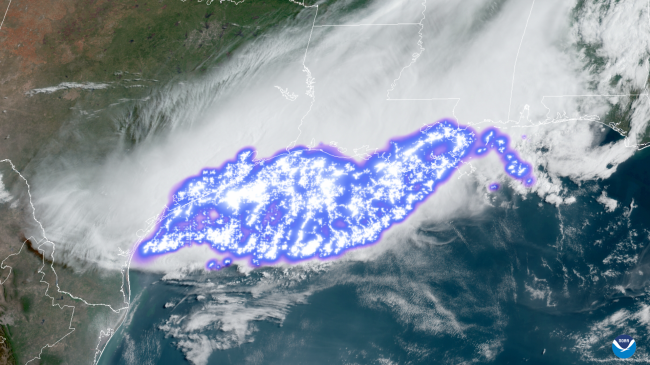See how GOES-R is preparing for its journey
With eyes to the future of improved weather forecasting, the team behind NOAA’s Geostationary Operational Environmental Satellite-R Series will launch its first satellite, GOES-R, one year from now in March 2016.

The assembled and integrated GOES-R satellite in the clean room, May 2015. (Image credit: With permission: Lockheed Martin)




